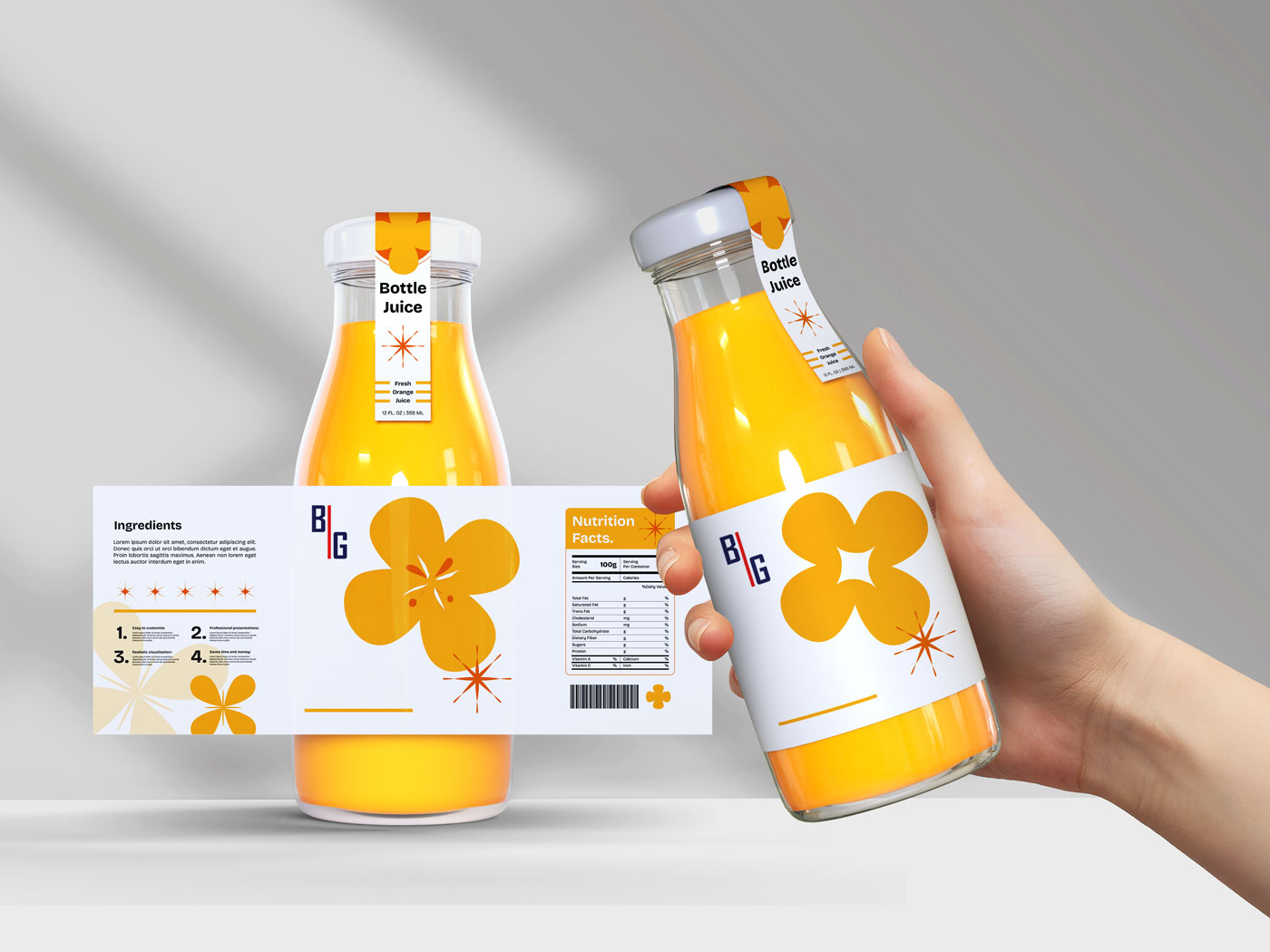
A good label doesn’t just inform – it tells a story. It’s a small piece of packaging that can evoke emotions, create a connection with the customer, and make a product memorable. In a world saturated with content and stimuli, soulful labels are what help brands stand out on the shelf.
In this article, we’ll show you how to design labels that convey meaning and engage the customer from the very first glance.
Why Does a Story on a Label Matter?
Consumers don’t make purchasing decisions solely with logic – emotions play a key role. A product whose label refers to values, emotions, or memories can become much more than just another item on a shopping list.
A brand that speaks about the local origin of its ingredients, family craftsmanship, eco-friendliness, or the passion of its creators earns trust – and in uncertain times, trust is more valuable than price.
What Kind of Stories Are Worth Telling?
A good label story doesn’t have to be long – it needs to be authentic and emotionally engaging. What your customer sees and feels should reflect what matters most to you as the producer. Here are a few storytelling directions that truly resonate:
1. The Brand or Founder’s Story
Authenticity sells. If your brand has an interesting backstory, share it. For example:
“It all started with one jar of jam our grandma made every summer.”
Combined with the right label design, such a story creates emotional context, turning a product into something personal.
2. Origin and Local Roots
Today’s customers appreciate transparency. Talk about where your product comes from:
“Harvested from organic farms in the Beskid Mountains” or “Handmade in our workshop near Poznań.”
Details like this build authenticity and trust.
3. Craftsmanship and the Creative Process
If your product is made with passion, showcase it. Describing how it’s produced – cold-pressed, fermented, aged – gives it intangible value. The customer isn’t just buying juice or cream – they’re buying the result of passion and expertise.
4. Brand Values and Beliefs
What’s important to you? Ecology, minimalism, supporting local communities? Highlight this:
“1% of every purchase supports educational initiatives in our region” or “Our labels are printed on recycled paper.”
Shared values foster deeper customer-brand connections.
5. The Lifestyle Behind the Product
Sometimes the story isn’t about you, but your customer. Paint a picture of the lifestyle your product belongs to:
“For those who can’t imagine a morning without coffee on the terrace”
“The perfect snack after a mountain hike”
“A cosmetic that soothes you after a long workday”
These phrases invite customers into a world they want to be part of.
6. Product-Inspired Story – The Label as a Tale Itself
Sometimes the product itself inspires a story – an unusual ingredient, a family recipe, a unique blend of flavors, or an old-world formula. Use that – explain what makes your product special and why it’s worth trying.
Remember: the best stories are short, honest, and emotionally resonant.
They don’t need a whole paragraph – sometimes a single well-crafted sentence on the front label is enough for the customer to feel like they know your product… before even trying it.
How to Design a Label with Soul?
Creating a soulful label isn’t just about looks – it’s about building an emotional connection. The customer doesn’t see your technology or know your company’s history or your product’s ingredients. Everything they know at first comes from your label. So make it count.
1. Visual Storytelling – A Picture Says More than Words
Instead of walls of text, use images, symbols, and micro-details.
A sketch of a mountain cottage, hand-drawn herbs, or an outline of your region – these small touches add authenticity and tell a story without words.
2. Visual Consistency – Everything Should “Sing” Together
Fonts, colors, icons, and textures should form a harmonious whole.
For a rustic look, use earthy tones, stylized lettering, and natural paper.
For a modern style – minimalism, bold colors, and geometric shapes.
Consistency builds credibility.
3. Storytelling Language – Emotions Over Slogans
Instead of generic phrases like “Top quality” or “100% natural”, use emotionally charged language:
“Hand-picked at dawn in the heart of the Beskids”
“For those who cherish the taste of childhood”
“Hand-cut, just like 40 years ago”
These short lines spark imagination and emotional associations.
4. Materials That Support the Message
A soulful label isn’t just a graphic design – it’s also about materials: paper, foil, varnish, embossing.
Matte texture, gold-stamped text, or eco-foil all speak volumes – about quality, environmental care, and product class.
5. Keep the Customer in Focus
Designing a soulful label means understanding your customer – who they are, what moves them, and what might make them pause at your product.
For some, it’s nostalgia; for others, modern aesthetics. Personalizing the message is the path to your customer’s heart.
Examples of Storytelling Labels
- Homemade preserves – a label that looks like a handwritten notebook page from grandma.
- Wine from a local vineyard – a mini-story about the region and the winemaker’s family.
- Natural cosmetics – illustrated plants and notes on hand-harvested ingredients.
What to Avoid?
🚫 Generic slogans like “Top quality for years” – they say nothing.
🚫 Copying competitors’ stories – customers sense inauthenticity.
🚫 Overcrowded graphics – stories need space to breathe.
FAQ – Frequently Asked Questions
Does every label need a story?
Not necessarily, but those that do tend to leave a stronger impression and build brand recognition.
Does visual storytelling work in B2B too?
Yes – especially with niche, technical, or artisan products. Even in industry, you can create a label that speaks of precision, quality, and heritage.
How much space should a story take up on a label?
Sometimes just a sentence is enough. More extensive stories can live on your website, a QR code, or your outer packaging.